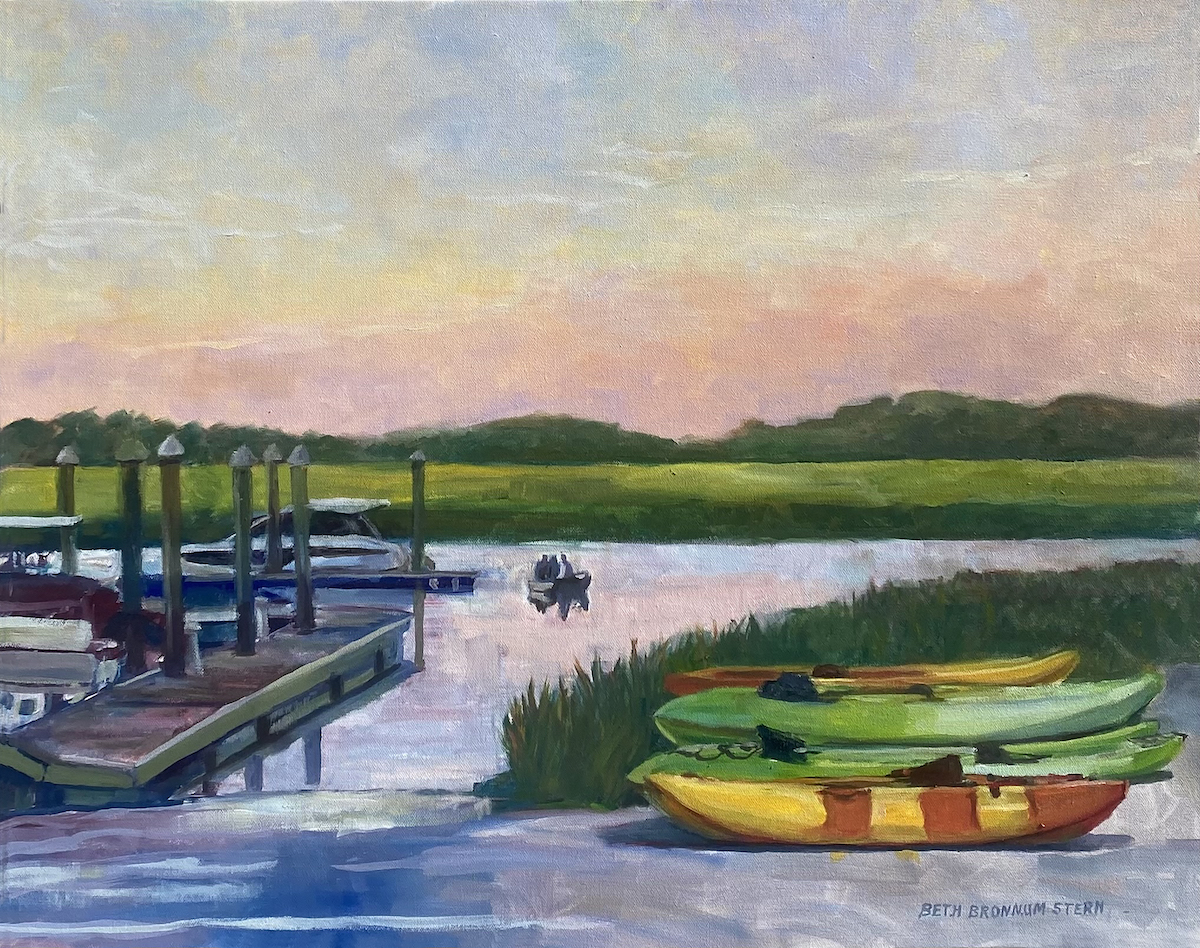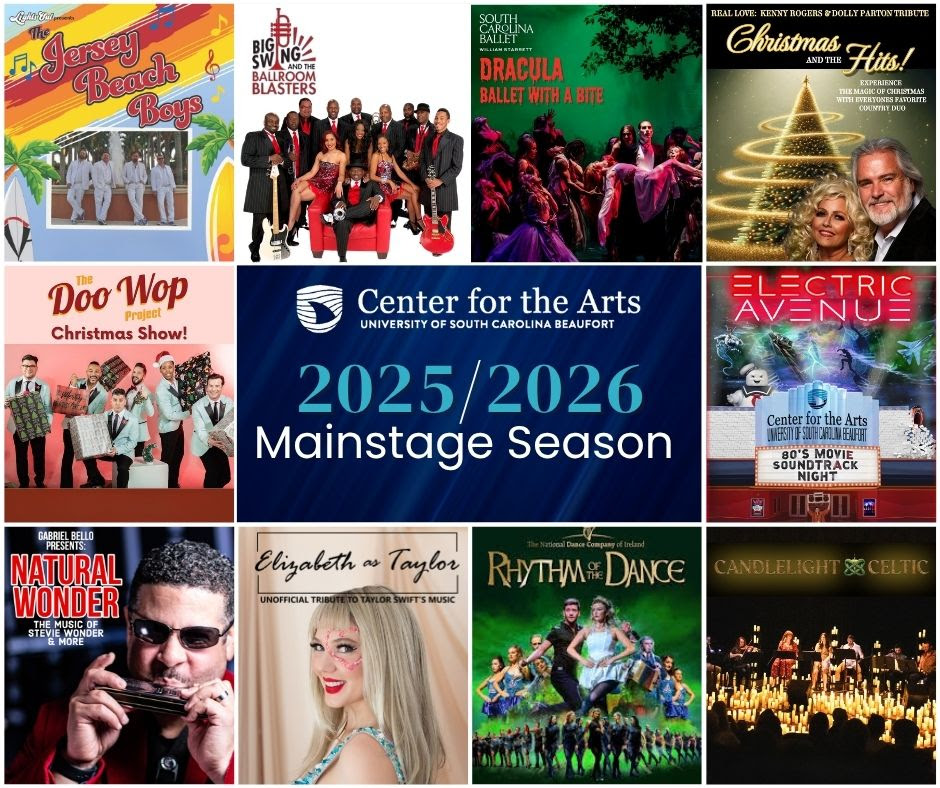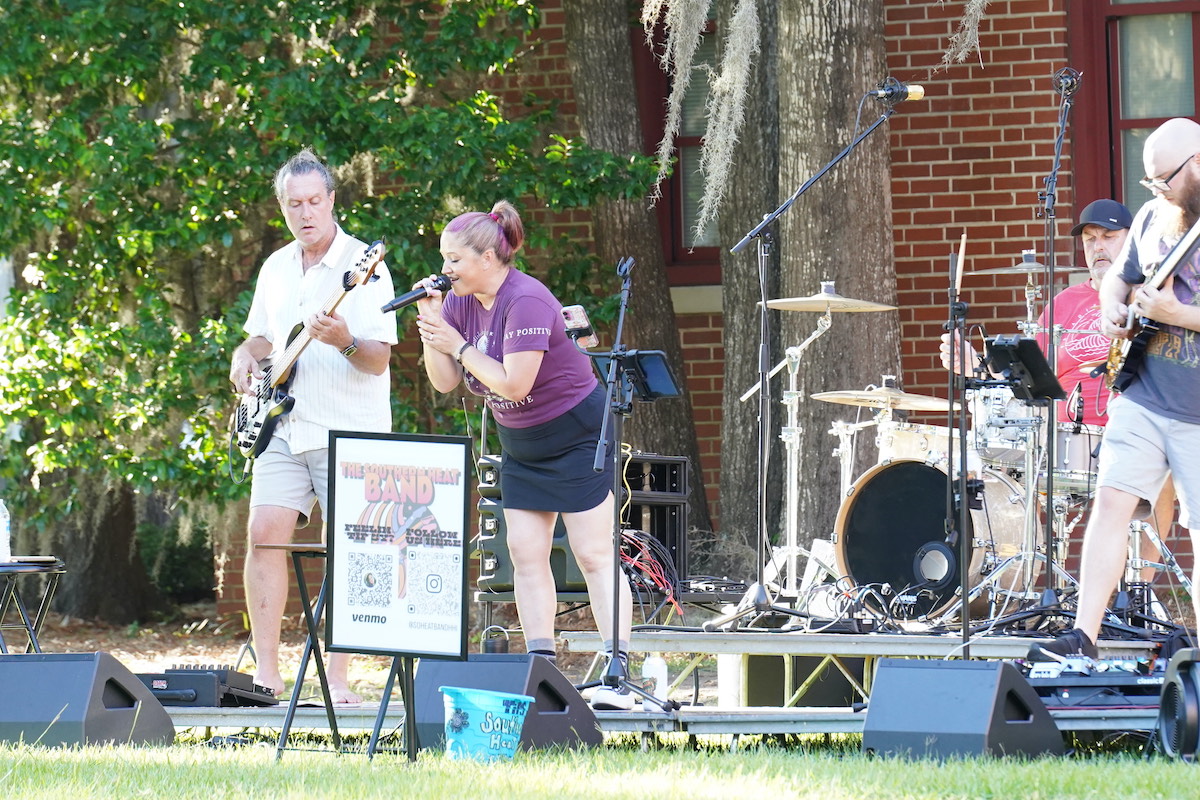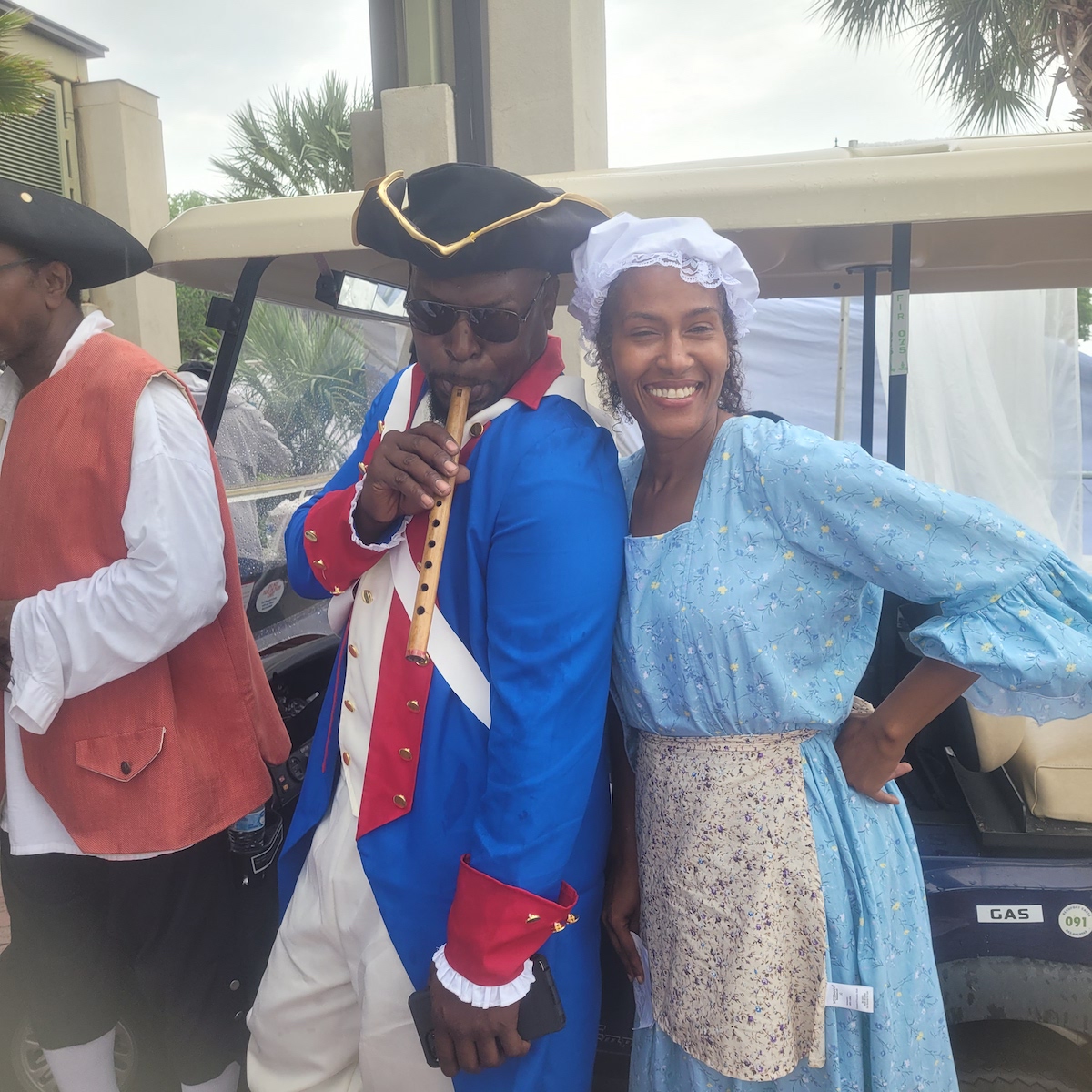By Alan Schuster
“The Barber of Seville” will be on screen at USCB Center for the Arts on Wednesday, July 24, at 1 p.m.
“ ‘The Barber of Seville’ with its abundance of real musical ideas, its comic verve and its truthful declamation, is the most beautiful opera buffa in existence.” Giuseppe Verdi wrote this in 1898 — and it’s still true today. No further justification should be needed since Verdi had written his own buffa masterpiece, “Falstaff,” five years earlier.

After accepting the commission from Rome’s Teatro Argentina in 1816, Rossini composed and staged it in less than one month. Of course, it helped that he “borrowed” eight of the 15 set pieces in the opera from some of his earlier works, including the brilliant overture which he had used twice before.
Cast: Count Almaviva, aka “Lindoro” (tenor); Dr. Bartolo (bass); Rosina (mezzo-soprano); Don Basilio (bass); Figaro (baritone). Setting: 18th century Seville.
Act I: Count Almaviva is in love with Rosina, the ward of Dr. Bartolo, and comes to serenade her. He pretends to be a poor student (Lindoro) so that she will not be influenced by his rank. Figaro arrives, formerly Almaviva’s servant and now a barber in Seville. The two overhear Bartolo planning to marry Rosina. Figaro suggests that the Count dress himself as a soldier having the right to be quartered in Bartolo’s home, thus gaining access to Rosina.
Rosina has fallen in love with “Lindoro” and uses all of her skill to outwit Bartolo. While the doctor plots with Don Basilio, Rosina’s music teacher, she secures the help of Figaro. When Almaviva arrives in disguise, he discovers that Bartolo is no longer obligated to house the military. The ensuing confusion attracts the police, and the disguised Almaviva avoids arrest only by secretly revealing his identity to an officer.
Act II: The Count again tries to visit Rosina, this time dressed as a music teacher, claiming that Don Basilio is ill and that he has been sent as his replacement. He begins a music lesson with Rosina, but Basilio himself arrives. This crisis is resolved but Basilio soon recognizes “Lindoro” and chases him out. During a storm, Almaviva and Figaro climb through a window to free Rosina. Bartolo nearly foils their escape, but through Figaro’s quick thinking, Almaviva and Rosina are united and all are reconciled in time to join in a happy finale.
Highlights: Overture: Never a dull note for six minutes. It’s a style Rossini created and made his very own, notably a steady mounting of excitement known as a crescendo. It’s been said that listening to Rossini is often like watching a puppy dog chase its tail.
Figaro makes a great first impression, entering the stage with his popular cavatina, “Largo al factotum” — (Make way for the handyman…), in which he sings the praises — of himself. Figaro here, Figaro there, Figaro everywhere!
The next scene is a remarkable start-to-finish stretch of Rossini’s distinctive talents. And it lasts about 50 minutes! — beginning with Rosina’s “Una voce poco fa” (I heard a little voice…) — telling of her love for Lindoro. It’s a challenging and beautifully written aria, tempting sopranos to do some embellishments near the end. Once while sitting in the audience and listening to some flighty improvisations, Rossini turned to a friend and said: “That’s a pretty tune. I wonder who wrote it.”
Basilio’s buffa aria, “La calunnia” (Calumny, like a sigh…) is a showpiece for comic characters, in which he plots a “whispering campaign” against Almaviva. It starts softly, but soon the pace becomes a run of quickly spoken words (pattering). This was a “first” for Italian opera and caused an immediate sensation. A very nice duet with Figaro and Rosina follows, leading to another fine aria, “A un dottore” for Dr. Bartolo. Like “calunnia,” it’s a gem of wit and patter. The act’s finale, “Fredda ed immobile” (Awestruck and immovable) is an elaborate and ingenious sextet. Opera historian Charles Osborne defined it as “Rossini at his magnificent best, in which the characters find themselves led by way of a crescendo to a riotous climax.”
The highlight of the shorter final act is a quick and catchy trio for Figaro and the elopers, “Ah! Qual colpo inaspettato” (What unexpected bliss…). The delicate phrasing of “zitti, zitti, piano, piano” was an instant hit on the streets of Rome. And very often, Italian audiences demand — and get — an encore for this phenomenal piece.
Mozart and Vincenzo Bellini, composers of several of the greatest Italian operas of all time, both died at the age of 37. Rossini, on the other hand, lived to be 77, and yet wrote his last opera, “William Tell,” also at the age of 37. One can only imagine what gifts these composers could have given to the opera world had they lived as long as Verdi who wrote “Falstaff” when he was 80.
Performers: Joyce di Donato (Rosina); Juan Diego Flores (Almaviva); Peter Mattei (Figaro); John del Carlo (Dr. Bartolo); and John Relyea (Basilio).
All tickets are $15; no reserved seating. Box office opens at the USCB Center for the Arts one hour before the 1 p.m. curtain. For more information, call 521-4145.






